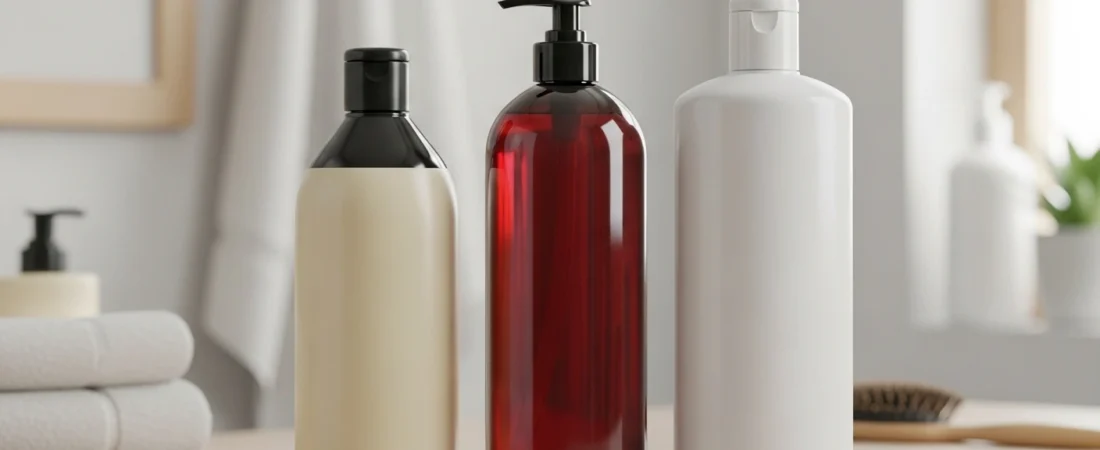It’s a question many of us have pondered in the hair care aisle: should I stick with the shampoo that’s working, or is my hair “getting used to it”? You might have heard a friend or even a stylist recommend rotating your shampoos to keep your hair healthy and responsive. But is there any real science behind this popular beauty belief? We went to the experts to find out.
The idea that your hair can “get used to” a shampoo is a widespread notion. Proponents of the shampoo swap theory often describe a phenomenon where a product seems to lose its effectiveness over time, leading to dull, weighed-down hair. This is often blamed on a buildup of residue from the product itself. The solution, they argue, is to switch to a different formula to “shock” your hair and scalp back to life.
However, dermatologists and trichologists—doctors who specialize in hair and scalp health—have a more direct answer: your hair doesn’t “get used to” a shampoo. It’s not a living organism that develops a tolerance. The hair on your head is, for the most part, dead. What you are washing is the hair shaft and the living scalp.
So, what is happening when a shampoo seems to stop working?
The most common culprit is simply a buildup of product on the hair shaft. This can happen with any shampoo, especially those that are highly moisturizing or contain silicones. These ingredients, while beneficial for conditioning, can leave a film on the hair over time, making it feel heavy or greasy. This is often mistaken for the hair “getting used to” the product.
Consider this: a shampoo’s job is to clean. It removes dirt, oil, and styling products. If your shampoo is no longer doing its job, it’s not because your hair has become accustomed to it. It’s more likely that a buildup of residues is preventing the shampoo from effectively cleaning. This is particularly true if you use a lot of styling products like hairspray, gels, or dry shampoo.
So, does this mean you should never switch shampoos? Not necessarily. Here’s what the experts recommend:
1. A Clarifying Shampoo is a Better Solution than a Constant Switch: Instead of rotating through a dozen different shampoos, a more effective strategy is to use a clarifying shampoo every few weeks. A clarifying shampoo is a potent cleanser that strips away product buildup, mineral deposits from hard water, and other residues that can make your hair feel weighed down. Think of it as a reset button for your hair and scalp. After a clarifying wash, your regular shampoo will likely perform just as it did when you first started using it.
2. Listen to Your Hair’s Needs: Your hair’s needs can change. This is a far more important reason to switch shampoos than a perceived “tolerance.” Factors like the weather, your age, hormonal changes, or a change in your hair color can all affect your hair’s condition. For example, if you recently colored your hair, you might need a color-safe shampoo to prevent fading. If the weather is dry and cold, you may need a more moisturizing formula. Pay attention to what your hair is telling you. Does it feel dry? Is your scalp itchy? A switch might be warranted to address a new concern.
3. The Myth of “Hair Type” is a Starting Point, Not a Rule: We often categorize ourselves as having “oily,” “dry,” or “fine” hair. While these are useful starting points, a shampoo for “oily hair” might not work for every person with an oily scalp. The best way to find a good shampoo is through a process of trial and error. If a shampoo is working well for you—your hair feels clean, healthy, and manageable—there is no need to switch.
In conclusion, the belief that you must switch shampoos regularly is largely a myth. Your hair does not develop a tolerance to products. Instead, what you might be experiencing is a buildup of residues. The best practice is to stick with a shampoo that works for you and to use a clarifying shampoo periodically to remove any buildup. Of course, if your hair’s condition changes, feel free to explore other options. Ultimately, the best shampoo is the one that leaves your hair feeling its best.

